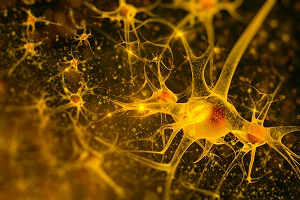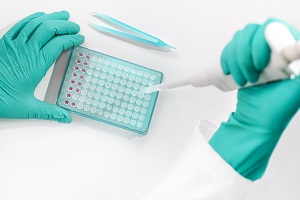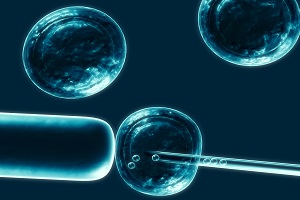Researchers at NYU have created a genetic test to prevent cervical cancer aggressiveness. To do this, they classified the molecular biology of uterine carcinosarcoma. Thanks to these genomic information, doctors can determine the genetic fingerprint of each patient's tumor. It will therefore be easier to find the treatments that are best suited to you.
Although all uterine carcinosarcomi share certain genetic traits, each case is different. The own genetic abnormalities of these tumors in fact hold a large number of roles in the biology of cancer. For their part, anticancer drugs tend to work against a specific target gene. This means that are effective in some cases but not in others, precisely because of the variety of possible mutations.
The researchers identified the molecular roots of uterine carcinosarcoma with genetic analysis, epigenetics, transcriptomics and proteomics of 57 women tissues. From the samples they received about 60,000 individual characteristics, traceable to 9,149 genetic mutations. From this information, they identified 5 genes common to almost all cancers. In this way they created a genetic atlas of the disease, in which appear all its genetic variants.
The variety of combinations found explains why it is so difficult to treat this disease. It is estimated that only 1 in 3 women will survive more than five years after diagnosis. Of the women involved in the study, 64% had recurrence during the follow-up period of 25 months. 58% of them died during the study. These numbers make it clear why it is so important to identify treatments designed for each individual case.
The team compared the data with those of other types of cancer. The comparison showed that the uterine carcinosarcoma may be linked at the molecular level to completely different tumors. More piece of information, which could facilitate the search for new therapies.
Source: sciencedaily.com
Add a comment





